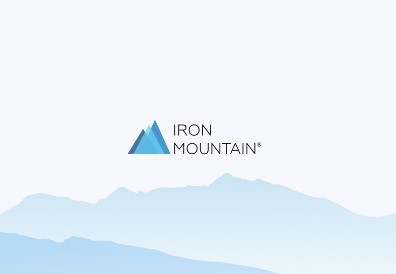Elevate the power of your work
Get a FREE consultation today!
Are Legacy Information Systems viable for the long run given changing consumer preferences?

Those who have been around long enough have lived through iterations of a technology whose roots lay in the reduction of clerical staff, the elimination of paper, the recovery of office space, and the establishment of a digital backup copy for critical business records.
The problem with these legacy systems is that they were never designed to quickly adapt to changing business dynamics, never intended to be extensible beyond their core capabilities, and never built with today’s complex integration requirements in mind.
This paper highlights the costs and risks of remaining on those systems, reasons to consider more modern alternatives, and key considerations to keep in mind.
Get a FREE consultation today!
So what? Who cares? Remember when Gartner proclaimed that ECM was dead? Today, ECM is just a commodity, right? Nothing more than table-stakes so that organizations can find the information they have digitized and checked off a compliance box.
But to quote Hamlet, “Ay, there’s the rub.” It is this very sense of commoditization, and the notion that organization has been there, done that, which has led most into a deep abyss, struggling to make legacy information systems perform and adapt to the dynamics of today’s digital business models.
The problem with these legacy systems is that they were never designed to quickly adapt to changing business dynamics. Never intended to be extensible beyond their core capabilities. Never built with today’s complex integration requirements in mind.
What they were designed to do was simple – securely store a digital copy of a business record, and index it so that it can be located and retrieved at a later date as part of a business process or in response to an ad-hoc request.
In their day, legacy information systems were beautiful in their simplicity. Business records were either scanned or captured electronically, then converted to something like a multi-page TIFF, or JPEG, or PDF, and then dumped into an electronic version of a paper file cabinet. In order to be able to retrieve it again, a very minimal amount of information or “metadata” was assigned to it.
Organizations would spend time considering how they would normally search for that document in a paper-based world and they replicated it electronically. They would identify things like Customer Number, Policy Number, Account Number, Customer Name & Address. Perhaps a few other variables would be identified and stored as well such as Received Data, Scan Date, Index Date, Processed Data. A few other bits of information might be captured such as Contact Source to indicate the information arrived via eMail, Fax, In-Bound Mail, Web-Form, etc.
But the idea was to keep the information as minimal as possible–just the bare essentials needed to search and retrieve the information. Any other information related to that digital documents belonged somewhere else, perhaps in a line-of-business application. So, today not only do organizations have digital files scattered across the enterprise, they are realizing that the data related to them are scattered as well.

Enter your information to access the full content.